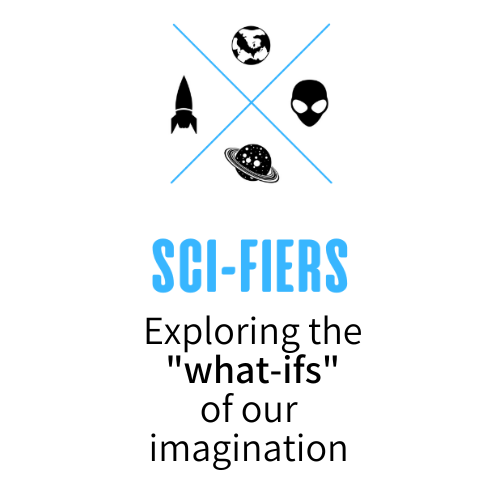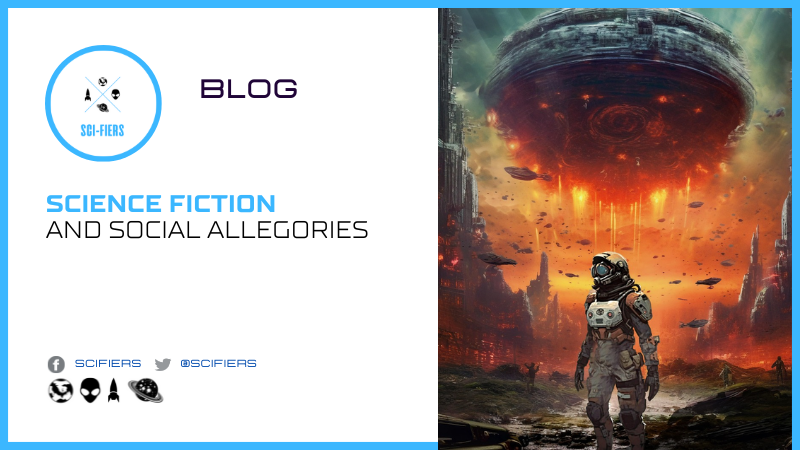Science fiction, as a genre, transcends mere entertainment, serving as a powerful foudnation for examining societal issues through allegory. By crafting imaginative worlds, authors and filmmakers include social critiques, allowing audiences to reflect on real-world challenges in a speculative context. These allegories address themes like inequality, authoritarianism, environmental degradation, and human identity, making science fiction a reflection for humanity’s triumphs and flaws.
In George Orwell’s 1984, a dystopian novel, the totalitarian regime of Big Brother symbolizes the dangers of unchecked government control and surveillance. The Party’s manipulation of truth through “doublethink” and constant monitoring via telescreens allegorically critiques authoritarianism and propaganda. Orwell’s world reflects mid-20th-century fears of fascism and communism, warning against the erosion of personal freedoms. This allegory remains relevant, resonating with modern concerns about data privacy and state overreach in the digital age.
Similarly, The Handmaid’s Tale by Margaret Atwood, which is more a dystopian narrative than a sci-fi, allegorizes patriarchal oppression. In Gilead, women are stripped of autonomy, reduced to reproductive roles under a theocratic regime. The novel’s allegory critiques systemic misogyny and religious extremism, drawing parallels to real-world gender inequalities and fundamentalist movements.
Science fiction films also excel at allegorical storytelling. District 9 (2009), directed by Neill Blomkamp, uses an alien refugee crisis in Johannesburg to explore apartheid and xenophobia. The prawns, marginalized and confined to slums, symbolize oppressed groups, while the human bureaucracy reflects institutional racism. The film’s gritty realism and social commentary highlight the dehumanization of “others,” mirroring historical segregation in South Africa and ongoing global immigration tensions.
Another cinematic example is Blade Runner (1982), directed by Ridley Scott, based on Philip K. Dick’s Do Androids Dream of Electric Sheep?. The film’s replicants, bioengineered beings seeking autonomy, serve as an allegory for slavery and the commodification of life. Their quest for identity questions what it means to be human, critiquing capitalist exploitation and societal hierarchies. The neon-lit, dystopian Los Angeles setting amplifies these themes, reflecting urban alienation and technological overreach.
Environmental allegories also thrive in science fiction. Silent Spring by Rachel Carson, though non-fiction, inspired sci-fi works like Dune by Frank Herbert. Dune’s desert planet Arrakis, where water is scarce, allegorizes resource exploitation and ecological mismanagement. The struggle for spice mirrors real-world conflicts over oil, critiquing colonialism and environmental degradation. Similarly, Pixar’s Wall-E (2008), portrays a trash-covered Earth abandoned by humans, allegorizing consumerism and neglect of the planet. The titular robot’s journey underscores hope for redemption through environmental stewardship.
Scifiers explores science fiction narratives that enliven our imagination and compel us to think about the “what-ifs” of creative world-building. It is on a mission to discuss ideas about sci-fi in its various forms that keep the genre in a state of continuous expansion.
facebook.com/scifiers

